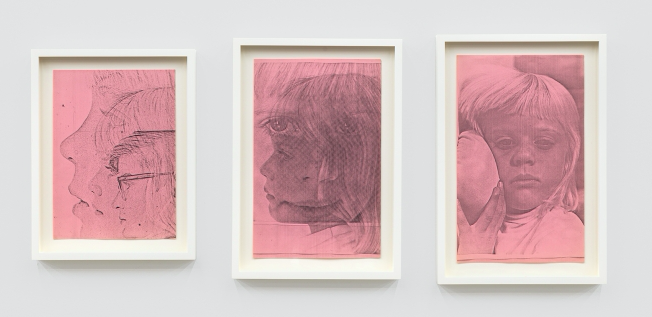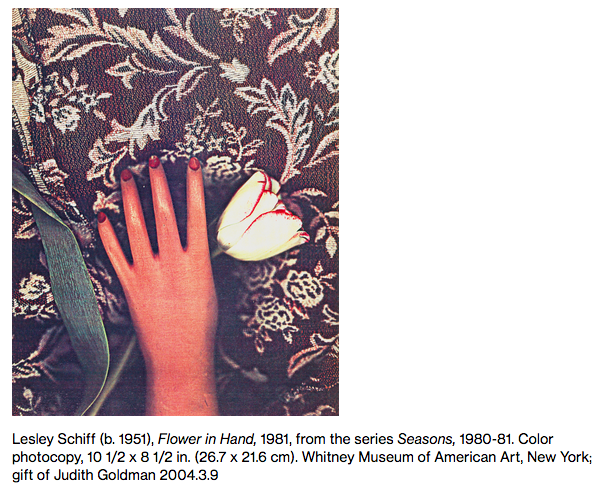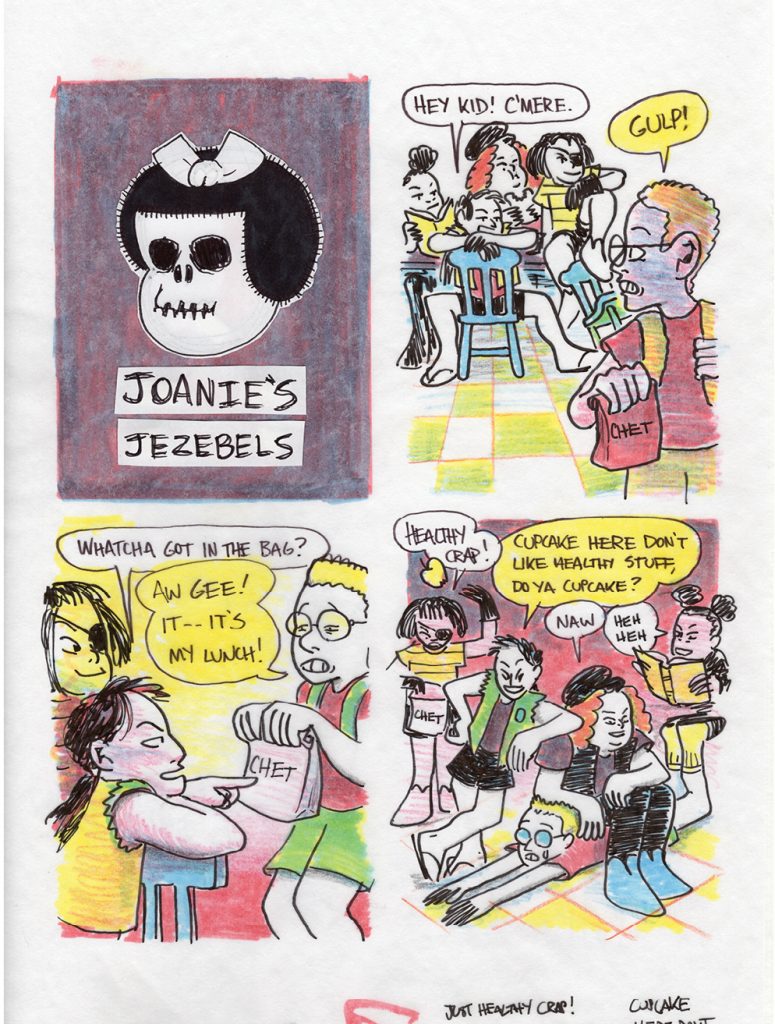Aaron here today with Barbara T. Smith + Experiments in Electrostatics; A.T. Pratt; Uno Moralez; Old-Timey Cellphones
—————————————————————————————————

Untitled, 1965-66
Xerox
Barbara T. Smith: Outside Chance
Through Feb 28 at Andrew Kreps Gallery, 537/535 West 22nd St, NYC, USA
Smith’s pioneering Xerox work is the earliest series in the exhibition dating from 1965 to 1967, and reflects a pivotal moment in the trajectory of her life and practice. Initially intending to make lithographic prints, Smith discovered the then-new technology of the Xerox copy machine, a mass-printing device that she perceived to be the future of printmaking. Smith leased a 914 Xerox Machine, at the time only in use by large corporations, and feverishly experimented with, among other things, images of her children taken by the artist-photographer Jerry McMillan. Simultaneously, Smith discovered her body as a performative tool by placing it upon the machine. Obsessively repeated and layered, the resulting works form a preemptive, and melancholic reflection on the loss of her family in her subsequent 1968 divorce. Following this, Smith fully devoted her life to art-making, with works that reflected a similar engagement with a burgeoning community of artists in Los Angeles, as well as an exploration of the new relationship between performance artworks and their audience.
Experiments in Electrostatics
At the Whitney Museum of American Art, through March 25, 2018
Experiments in Electrostatics: Photocopy Art from the Whitney’s Collection, 1966–1986 explores the use of the photocopier as a creative tool, from its public emergence in the 1960s to the dawn of the digital era in the 1980s. Despite the machine’s intended function to reproduce office documents, artists inventively utilized it as a camera and printing press to create original fine art prints. They placed objects on the flatbed, distorted imagery in the process of scanning, and manipulated the exposure, density, and saturation settings to achieve imaginative, often unexpected results. Far from “copies,” these still lifes, portraits, abstractions, and collages reflected the ingenuity of their makers. Focusing on three artists and one collective—Edward Meneeley, Lesley Schiff, Barbara T. Smith, and the International Society of Copier Artists—this exhibition investigates how artists found self-expression through a machine designed for replication. Experiments in Electrostatics is organized by Michelle Donnelly, curatorial fellow.
—————————————————————————————————
“the great American Graphic Novel Masterpiece of our time”
At Broken Frontier, Robin Enrico looks at A.T. Pratt’s Ink Toby
In another way the true target of Pratt’s scorn may be Pratt himself. Ink Toby was drawn under the very constraints that Pratt is mocking. The constant grinding away at making comics in an attempt to move the needle on an artist’s social profile. Reducing art to grist for the content mill. Even if as Pratt admits, the work was not finished during Inktober, it still adheres to that push to rapidly produce pages. This doesn’t always play to Pratt’s advantage, as his pages can be overly dense with at times cramped panel layouts. There are also a few instances where dialogue does, as Toby’s father cautions against, dominate the page. In Ink Tommy’s own words, “You think everyone wants to read all that shit?” Making a joke of the works shortcomings does not completely alleviate them.
—————————————————————————————————

‘This is an internet comic, not a printed volume, after all…’
Matt Seneca on Blue Teeth by Uno Moralez
But what Blue Teeth attests to even more than Moralez’s image making expertise is his power as a comics maker. In a way, this is work as formally simple as it gets: a screen that shows one single image at a time, each isolated and complete in itself, yet linked by subject to the others. What’s so impressive is how immersive Moralez makes his work without any page-layout tricks or advanced sequencing or even words, for crying out loud! He gives his trust to the effectiveness of comics at its most basic level, comics as a simple accretion of image after image. It’s like hearing music played along with the strict, ticking beat of a metronome, where none of the power is in the timing and all of it is in the harmonies, the way every new note bounces off the vibration of all the ones that came before to expand the size of the world being created. Anybody can format a comic the way Moralez does here; that’s not the point. It takes someone who really understands the form, who gets that it’s about the thoughts that flicker in the reader’s head between the images as much what’s as inside of them, to make it work this well. The routes Moralez takes through his story’s information are unusual and exciting – in my favorite transition, a sexy stolen glance between Marina and her man’s road dog is followed immediately by a shot of two butterflies hovering above a flaming rose. Moralez’s sensibility is more poetic than literal, always willing to forgo the direct approach to accommodate a moment of beauty or bizarrerie.
—————————————————————————————————

Via Myko Clelland / BoingBoing
—————————————————————————————————
—————————————————————————————————
VISION BOX — 02/20/2018 — by Cameron Arthur
—————————————————————————————————


